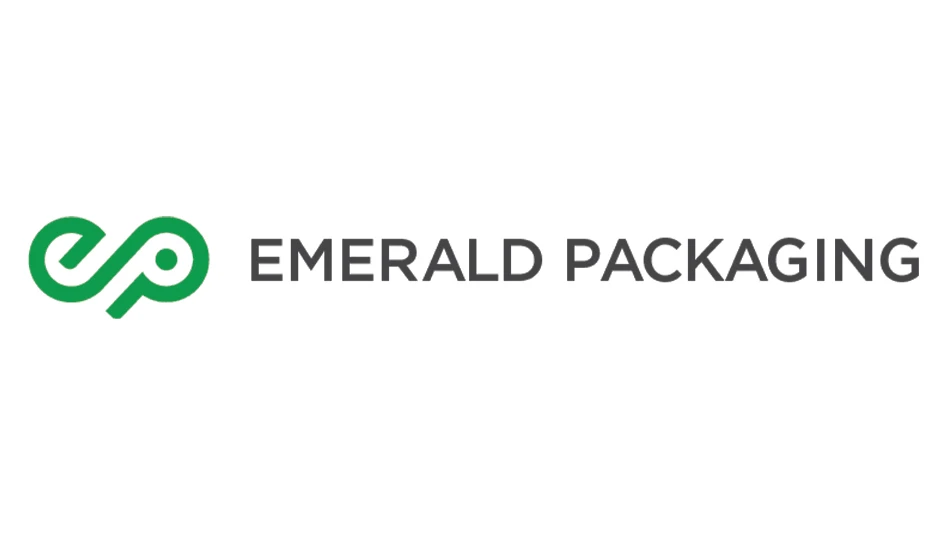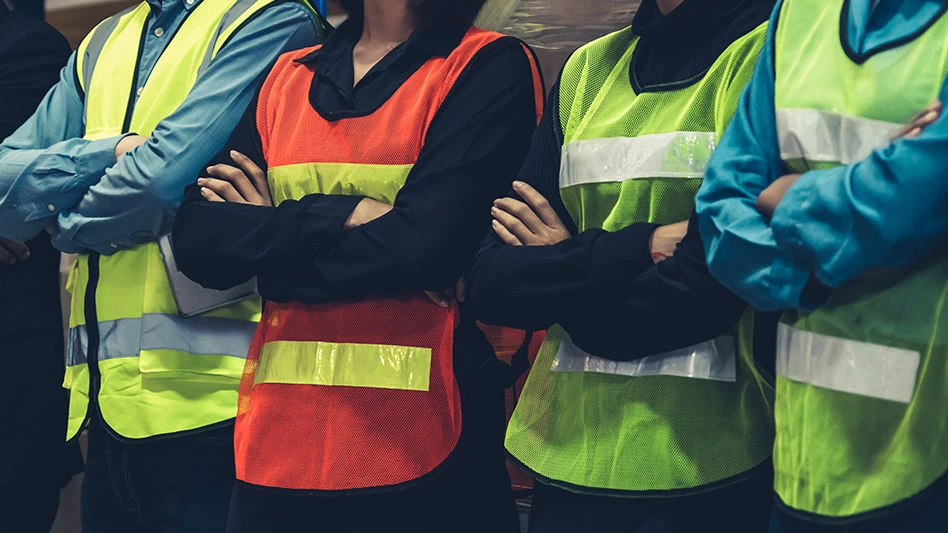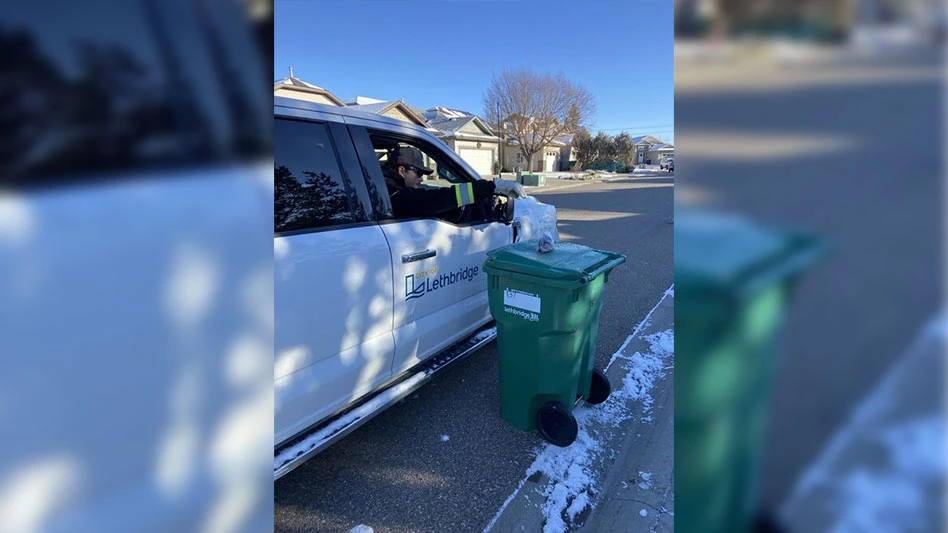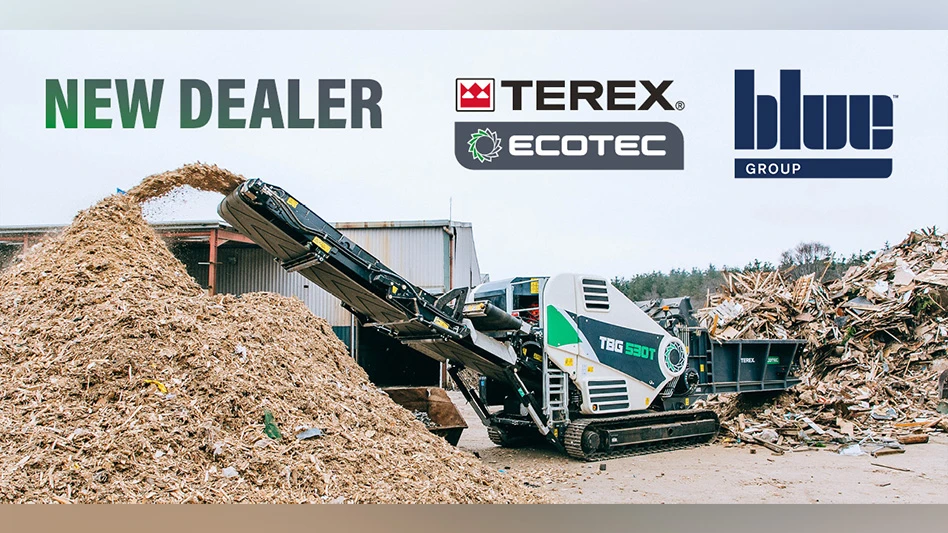 The emerging economies of the South American nations continue to attract attention among traders of secondary commodities as well as larger economic stakeholders from around the world.
The emerging economies of the South American nations continue to attract attention among traders of secondary commodities as well as larger economic stakeholders from around the world.
Although these nations differ in politics, trade and monetary policy, the region has displayed remarkable growth over the past decade. Increases in construction and infrastructure spending and the continent’s growing middle class are helping to ensure that the nations’ need for finished goods and services continues to grow. Continued strength in the region’s recycling industry also is expected, as evidenced by the Bureau of International Recycling’s decision to host its 2014 convention in Miami, Fla.
In turn, the global recycling industry counts South America as a solid scrap market and, more recently, as an important source of supply.
Economic Indicators
Brazil tops the list of South American countries when it comes to population and economic power in the region. The world’s fifth-largest country in terms of size, falling just behind China and ahead of Australia, according to the CIA World Factbook, Brazil’s economy also ranks as the eighth largest in the world.
Brazil was one of the first South American nations to recover from the global economic crisis of 2008, displaying gross domestic product (GDP) growth of 7.5% in 2010. That remarkable figure has slowed more recently, but estimates from The World Bank predict 2013 growth of close to 3%. This emerging economy is described as one that is nearing its capacity in terms of output, with historically low unemployment roughly 6.5% and high but stable inflation nearly 5.5%.
The economies of the U.S. and China, Brazil’s largest trading partners, also have a hand in determining the country’s economic performance. With signs of improvement in the U.S. economy as well as in the European Union’s, some of the downside risk appears to be lessening, the World Bank says. However, one of the risks for South America could be the larger-than-expected slowdown in China’s economic growth. Exports from South America to Asia have been one factor in the region’s growth in recent years, with trade blocs such as the recently formed Pacific Alliance hoping to strengthen those ties. But lower commodity prices in 2012 are believed to have negatively affected current account positions for many nations in the region and are worrysome going forward.
On the positive side, however, rising incomes in South America may help offset other losses. According to the World Bank’s Office of the Chief Economist, the size of the middle class in Latin America and the Caribbean recently grew by 50% from 2003 to 2009. Over the past 15 years, at least 43% of all Latin Americans changed social classes, with most of them moving upward, the World Bank Group reports.
Major infrastructure projects in Brazil also are expected to help propel the country’s growth, at least for the time being. The country will host the Fifa World Cup in July 2014, and the summer Olympics in 2016, and the numerous related construction projects planned are expected to drive spending.
Recycler Perspectives
Recyclers doing business in South America say this dynamic marketplace brings challenges in addition to opportunities.
Meredith Weil, chief operating officer of the brokerage firm Your Scrap Matters Inc., based in Miami Beach, Fla., works with Asian buyers and South American sellers of ferrous scrap. Interestingly, Weil says, Brazil’s status as a supplier of scrap metal is relatively new, a likely outgrowth of the global financial crisis of 2008.
“Prior to the big crisis, Brazil was considered a consumer and there wasn’t much exportation of ferrous material,” says Weil. She explains that prior to the crisis, steel mills in Brazil kept high inventories of ferrous scrap, during a time when a ton of material could have been worth around $600 or more.
After it dropped, she says, “a lot of people got burned because they had stockpiled a very expensive item that was now worth a lot less,” says Weil.
Since then, she says, Brazil’s steel mills have changed their inventory policies, having reduced their buying tendencies so as not to repeat that costly mistake. That led to the availability of much more ferrous scrap.
“When that happened people started looking for other means and places to export materials,” she says.
“Over the period between 2008 and 2010 is when the doors opened to the rest of the world.”
Ferrous supply is plentiful now, Weil says, but she notes that it is a seasonal business. And because Brazil’s geography puts it in both the Northern and Southern Hemispheres, where weather patterns oppose each other, seasonal fluctuations are not necessarily consistent from one part of the country to another.
“In the summer months, depending upon where you are, the mills [in Brazil] don’t buy as much,” she says, and more material is available for export. On average, Weil says about 5% of the country’s scrap metal is exported, citing common estimations.
However, doing business in Brazil can be challenging, Weil says. One of the biggest, she points out, is the country’s aging ports infrastructure. Privatization of numerous Brazil ports is said to be underway, Weil notes, but those projects aren’t complete. As such, shipping problems and delays have become an expected part of doing business.
“The ports are too old and not large enough to handle the capacity of the containers shipped from Brazil,” says Weil. “They are not equipped to handle the amount of business the country is doing right now.”
That can lead to shipment delays or loads being split among different vessels, she notes, problems that can put a deal outside of its contracted guidelines, she says. “In a down market the buyer may then want to renegotiate the contract,” Weil explains.
Delayed shipments also can jeopardize other contract details, she says, also leading to lost profits. “You have to make sure you have allowances to prepare for all these things that can happen,” Weil says.
Dealing with fluctuations in currency values also can be a challenge, as exchange rates play a key role in the dealings, Weil says. When the U.S. dollar weakens against the Brazil real, for instance, suppliers there aren’t as interested in selling. But Weil’s deals are conducted in U.S. dollars, and a weak dollar tends to increase interest on the part of Asian buyers. “The weak U.S. dollar is good for me to export to Asia but does not give me much purchasing power,” she explains. Fortunately the fluctuations have been moderate over the past year, Weil says.
Construction-related growth has been one anomaly in recent months, Weil says. With all the talk of Brazil’s so-called building boom in advance of the World Cup and the Olympics, the reality has been less-than-stellar so far. “There hasn’t been the growth that has been anticipated in construction, and the mills are sitting on a lot of finished product,” she says.
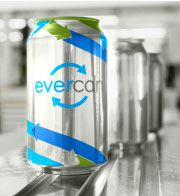 Still, other recyclers remain bullish on Brazil and South America in general. A case in point is aluminium producer Novelis, based in Atlanta, Ga. The world’s largest aluminium recycler and producer of rolled aluminium operates 25 plants in 10 countries, including three in Brazil.
Still, other recyclers remain bullish on Brazil and South America in general. A case in point is aluminium producer Novelis, based in Atlanta, Ga. The world’s largest aluminium recycler and producer of rolled aluminium operates 25 plants in 10 countries, including three in Brazil.
Tadeu Nardocci, the recently appointed president of Novelis South America, says the region is its fastest growing in the world. “Our goal is to continue with our expansion strategy for this region,” Nardocci says.
Up to this point the company’s production mix has focused more heavily on can stock recycling and production in Brazil, and that will evolve going forward. In recent years Novelis has earmarked $300 million to expand its aluminium rolling and recycling operations to serve South America’s beverage can market, including the ongoing expansion of aluminium rolling and recycling operations at Novelis’ plant in Pindamonhangaba, Brazil. It is the largest aluminium recycling plant in South America, Nardocci says, and its primary sources of feedstock come from the domestic market. In Pindamonhangaba, the company is investing $35 million for increased recycling capacity to meet its goal of 80%-recycled content by 2020, and is doubling the facility’s capacity to 400,000 tonnes by mid-2014.
Nardocci says the can market in South America has performed well, in light of hot weather, an increase in disposable income and a preference for aluminium cans among consumers. He says the main challenges are related to competitiveness against imported goods and the unstable rules facing the industry as a whole.
“We have a strong confidence in the region as you can see from our investments,” Nardocci says. “There was a slight decrease in the pace of GDP growth recently and the country is facing some inflationary pressures, but in my view the government is dealing properly with these issues.”
Similarly, Marcello Pavan, controller for the industrial recycling company Crivellaro based in São Paulo, says awareness about recycling is on the rise and processors with quality separation programs are in demand, “so no material free of contamination has to wait for buyers.” The company handles paper, plastics, glass and some metals and operates two facilities in Brazil.
In Pavan’s view, one main challenge relates to logistics throughout the region. “The freight here is not cheap, so the products are becoming expensive as the distance between the points of collection and separation are becoming larger.” Other challenges include building awareness about the region’s recyclers, needed modernizations and competition with virgin materials.
“The price of the recycled product is limited to the price of virgin material that comes mostly from China and varies according to the dollar,” says Pavan. But many opportunities for growth exist, with one being that processed commodities find no shortage of buyers, he says. Crivellaro also notes that Brazil’s recycling industry has benefitted from a 2010 law, the National Policy on Solid Waste, which requires that businesses minimize and manage their waste.
The author is managing editor of Recycling Today Global Edition and can be reached via email at lmckenna@gie.net.
Latest from Recycling Today
- China to introduce steel export quotas
- Thyssenkrupp idles capacity in Europe
- Phoenix Technologies closes Ohio rPET facility
- EPA selects 2 governments in Pennsylvania to receive recycling, waste grants
- NWRA Florida Chapter announces 2025 Legislative Champion Awards
- Goldman Sachs Research: Copper prices to decline in 2026
- Tomra opens London RVM showroom
- Ball Corp. makes European investment

